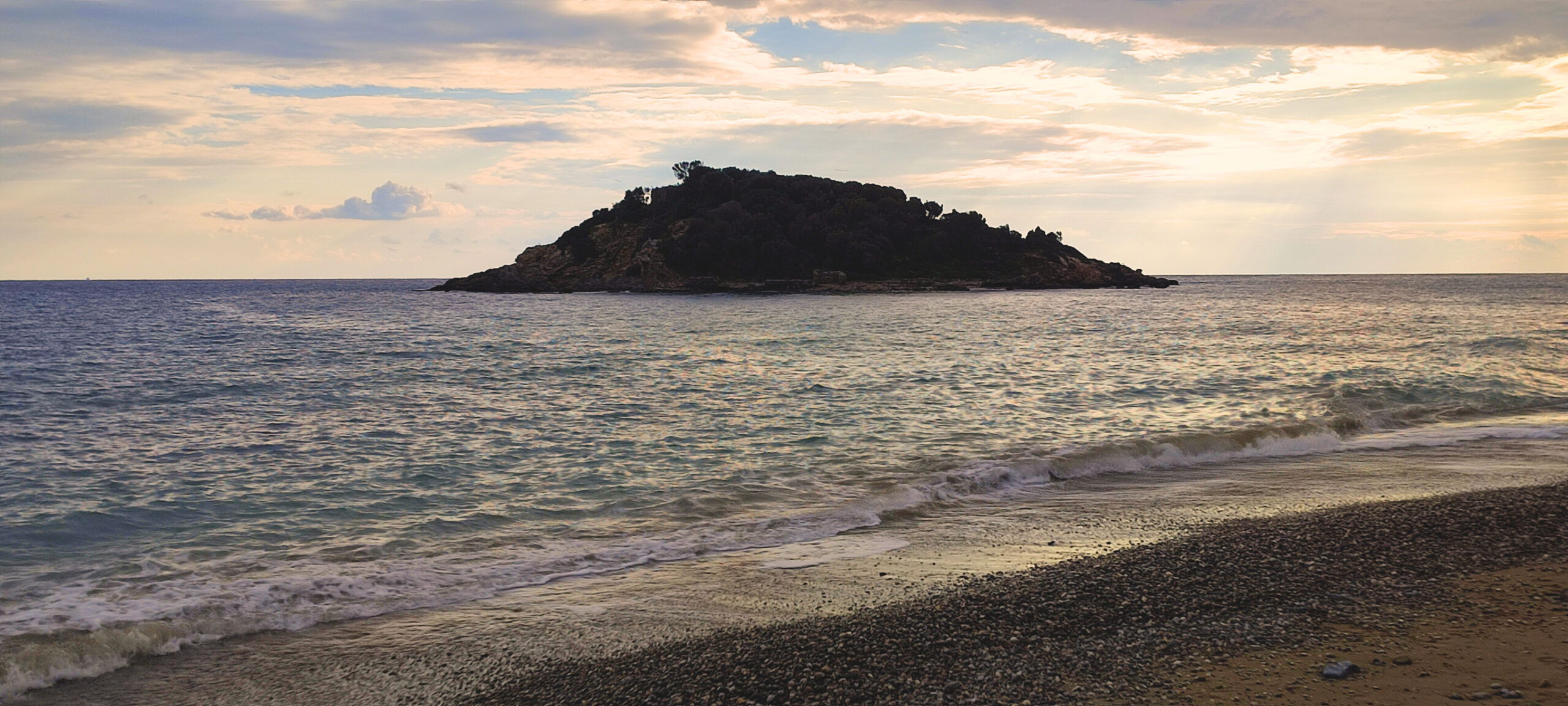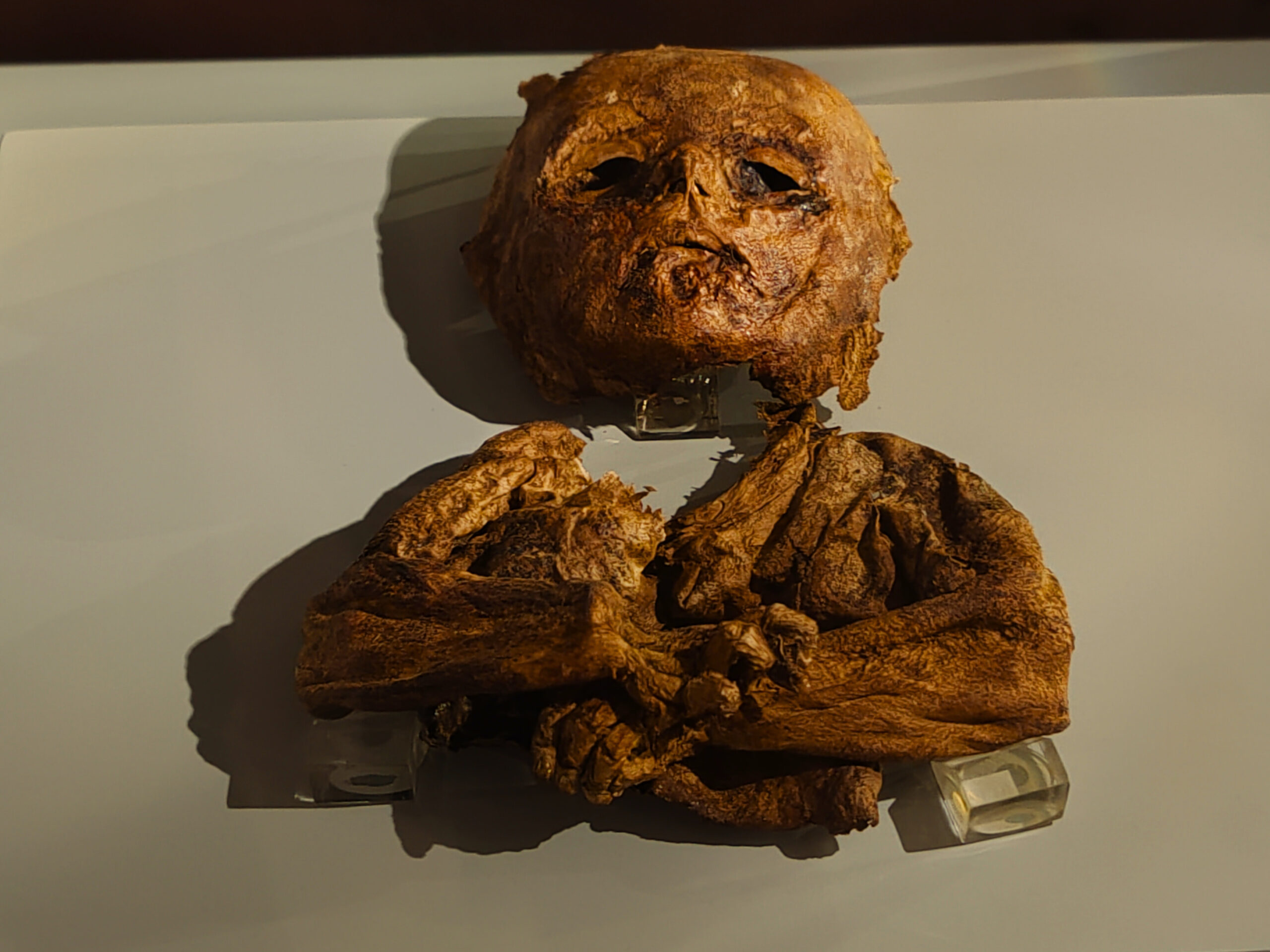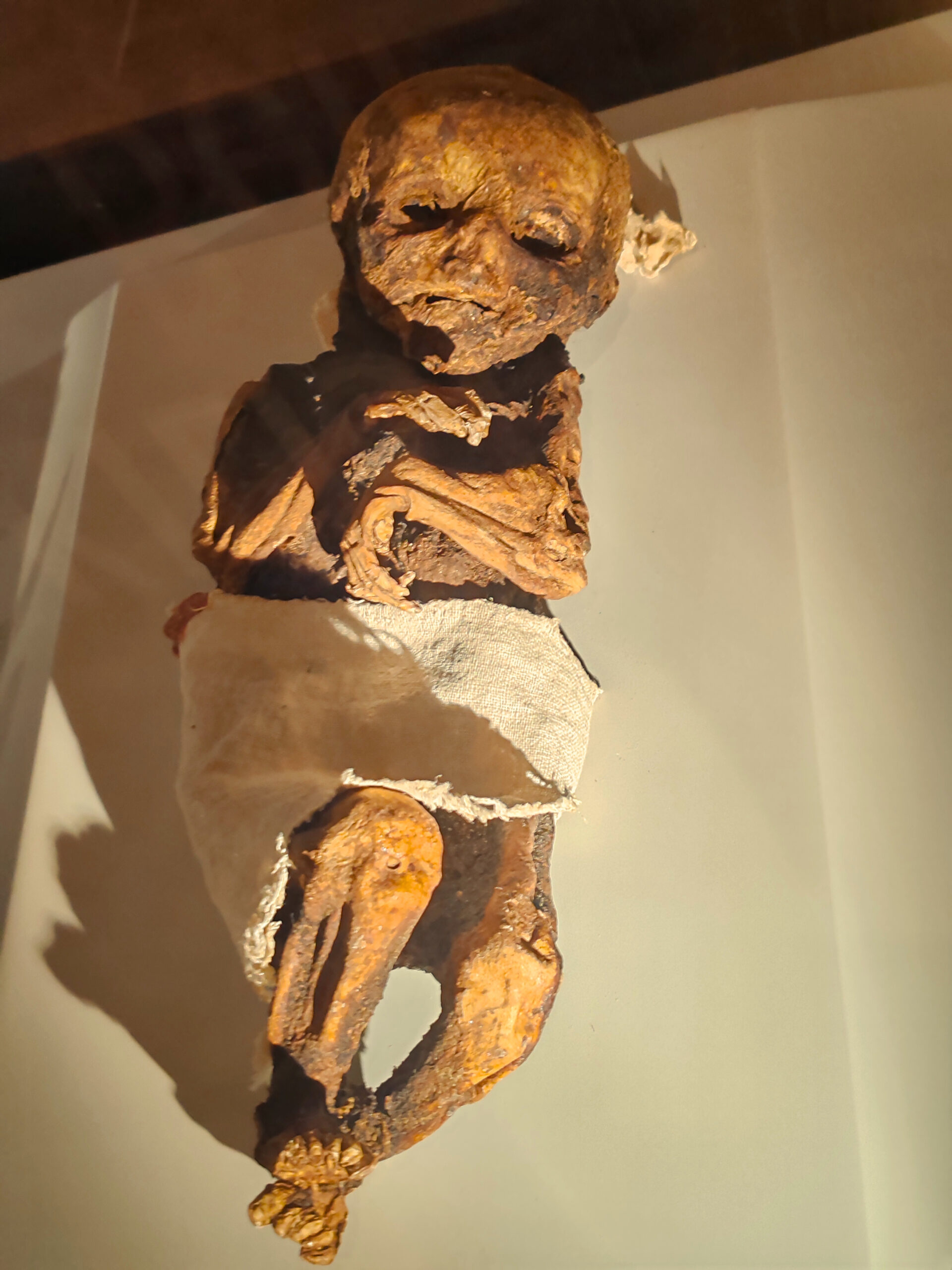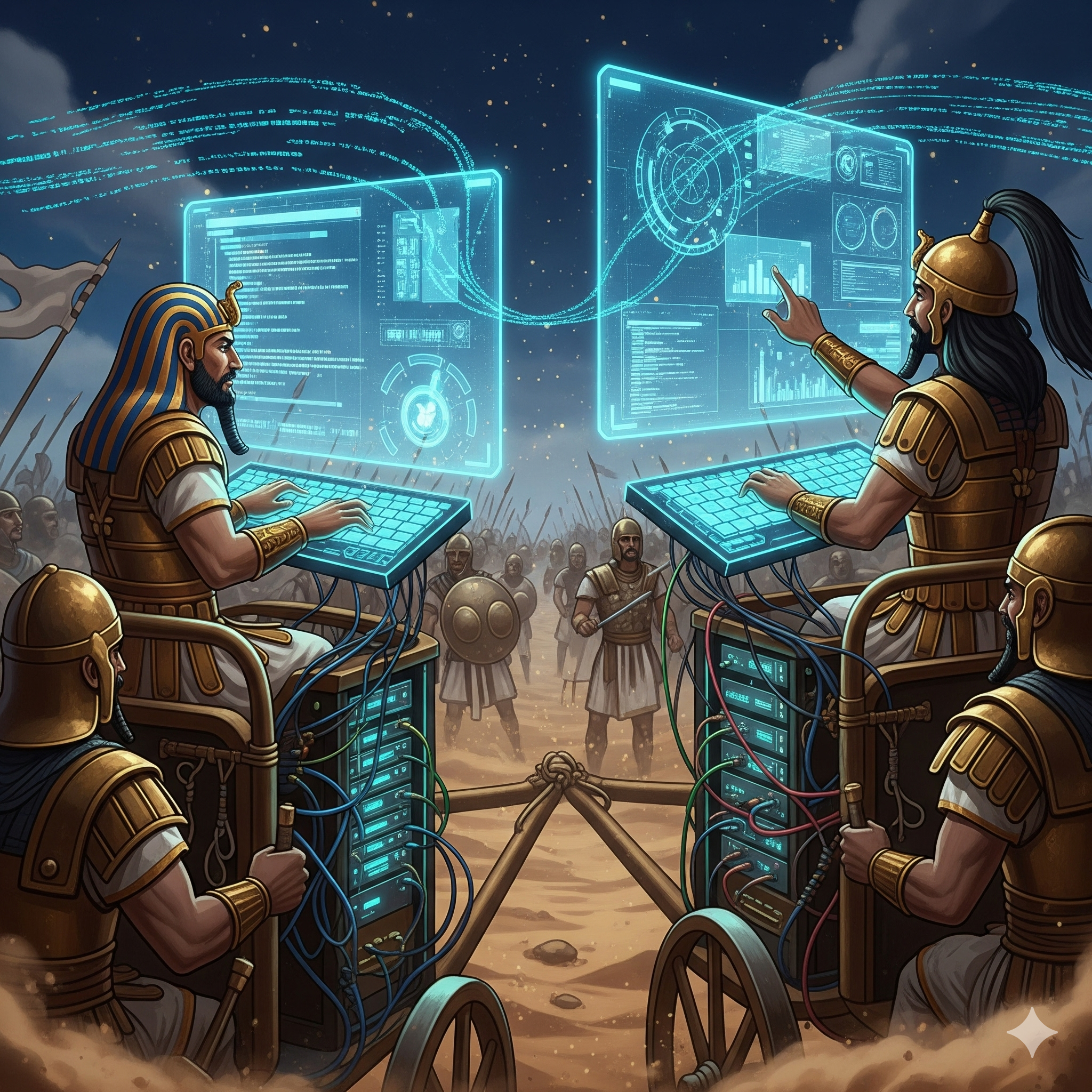Dust of Time
Slogan: History that gazes at you like dust.
Entry into the Labyrinth
You stand on the hill of Paşabeleni, where the sea breeze carries salt and the echo of forgotten eras. Here, at the edge of the Bayat Creek, where the water lazily grazes the stones, Nagidos sleeps—a city whose traces are nearly erased, yet its gaze still catches the stray wanderer. These are not just ruins. This is a mirror where your own decay stares back at you. Nagidos watches you like an ancient guardian whose name has faded but whose presence lingers—heavy as bronze, empty as the stars. Why are you here? To seek answers or to dissolve into the dust?
Past the Empires
Nagidos was born in the 7th century BCE, when Samian colonists, driven by the sea and a thirst for trade, landed on the Cilician shore. They chose their spot wisely: Paşabeleni hill, 68 meters above the sea, 400 by 300 meters of space, where the acropolis could see ships and the Bayat Creek welcomed them. Across the water lies the islet of Nagidos, crowned with the ruins of an Ottoman fortress, like a final stroke on the canvas of time. The city, perhaps named after the mythical Nagis Cybernetes, became a hub of maritime routes where Greeks, Persians, Phoenicians, and local Luwians wove deals, intrigues, and wars.
By the 5th century BCE, Nagidos minted staters with Greek and Aramaic inscriptions, where the name of the Persian satrap Pharnabazus II stood alongside the image of Aphrodite—the goddess whose temple was the city’s heart. Coins bearing a grapevine, a symbol of fertility and revelry, jingled in the hands of merchants as empires shifted. Alexander the Great passed through in 333 BCE, leaving a shadow of grandeur. Then came the Seleucids, followed by the Ptolemies, who in the 270s BCE took land from Nagidos to found Arsinoe.
Arsinoe was not just a neighbor but a thorn in the side. The Ptolemaic strategos Aetos, and later his son Thraseas, tried to settle disputes by declaring Arsinoe a colony of Nagidos—a clever move to save face for the elder city. But by the 2nd century BCE, Nagidos faded. Cilician pirates plundered the city, and it dissolved into dust, leaving only walls, foundations, and the whisper of Aphrodite.
Geologically, this is a layered cake of time. Cilicia sits at the junction of tectonic plates, where the Taurus Mountains meet the sea. Paşabeleni is a limestone outcrop, sculpted by wind and water, holding imprints of ancient mollusks. The Bayat Creek, flowing from the Taurus, once nourished the city but now underscores its solitude.
Shards of Now
Today, Nagidos is barely discernible ruins on Paşabeleni hill, surrounded by fields. The remains of walls and foundations blend with the stones, and only a keen eye can distinguish them from natural chaos. Little is left of the city—no tombs, no grand temples, only scattered fragments that local farmers sometimes mistake for boulders. Research by Mersin University, led by Professor Serra Durugönül, uncovered a key artifact: an inscription detailing the boundaries between Nagidos and Arsinoe. This stone treaty, written in the 3rd century BCE, is housed in the Mersin Archaeological Museum. There, you’ll also find coins with grapevines and Aphrodite’s image, terracotta vessels, and jewelry found in the surrounding area—mute witnesses to a city long turned to dust.
The islet of Nagidos, with its Ottoman fortress, stands 200 meters offshore, like a sentinel that has forgotten its purpose. The D.400 highway, linking Mersin and Antalya, passes half a kilometer away, but few detour to the ruins. Nagidos is open to visitors, but its silence is deafening.
Shadows at the Edge of Reason
Nagidos is not just a place. It’s an idea, slipping away like sand through your fingers. Each stone here is a shard of eternity, each breeze a whisper of Aphrodite, whose temple has long collapsed but whose shadow still lingers over the hill. This is a city where time has frozen yet continues to breathe. You look at these ruins and see not only the past but the future: our cities, our machines, our dreams—all will turn to dust. Yet in this dust, there is beauty, like stars that have died but still shine. Nagidos asks: what will you leave behind? A stone, a coin, or just a trace in the sand?
How Did We Get Here?
Getting to Nagidos is straightforward but requires intent. From Mersin or Antalya, take the D.400 highway to Bozyazı, 20 km from Anamur. Turn toward the coast, aiming for coordinates 36.09944°N, 32.97806°E. Parking is available at the hill’s base, but you’ll walk from there. Bring water, a hat, and sturdy shoes: Cilician summers are hot, and the stones are treacherous. The Mersin Archaeological Museum (entry ~5 euros) is a must-visit: there, you’ll see the boundary inscription, coins with Aphrodite, and other artifacts that speak louder than the ruins.
Tip: Come at sunset. The light over the sea turns Paşabeleni into a scene from a film about the end of time, where you’re the only audience.
Echo in the Void
I stand on Paşabeleni, and the wind smells of salt and eternity. The stones beneath my feet are warm but cold within, as if holding the memory of those who minted coins with grapevines. I think of the pirates who sacked this city and how their descendants might now be building new empires in the digital world. Nagidos reminds us: everything that seems eternal is just a pause in the universe’s breath. Here, among the ruins, I feel like a tiny speck of dust—but a speck that still dreams.
#Nagidos #Paşabeleni #VoiceOfRuins #DustOfTime #Antiquity #Cilicia #Archaeology #AncientCities #Ruins #History #Mersin #Aphrodite #Ptolemies #Seleucids #SeaOfDust #MysticismOfTime #ForgottenEmpires #JourneyToThePast #ShadowsOfEpochs










Our Telegram-channel: Voice Of Ruins https://t.me/Voice_Of_Ruins
Our Instagram: Voice Of Ruins https://www.instagram.com/voiceofruins/
Our group on Facebook: Voice Of Ruins https://www.facebook.com/share/g/16aitn9utM/
Our site: Voice Of Ruins https://www.voiceofruins.org








Leave a Reply